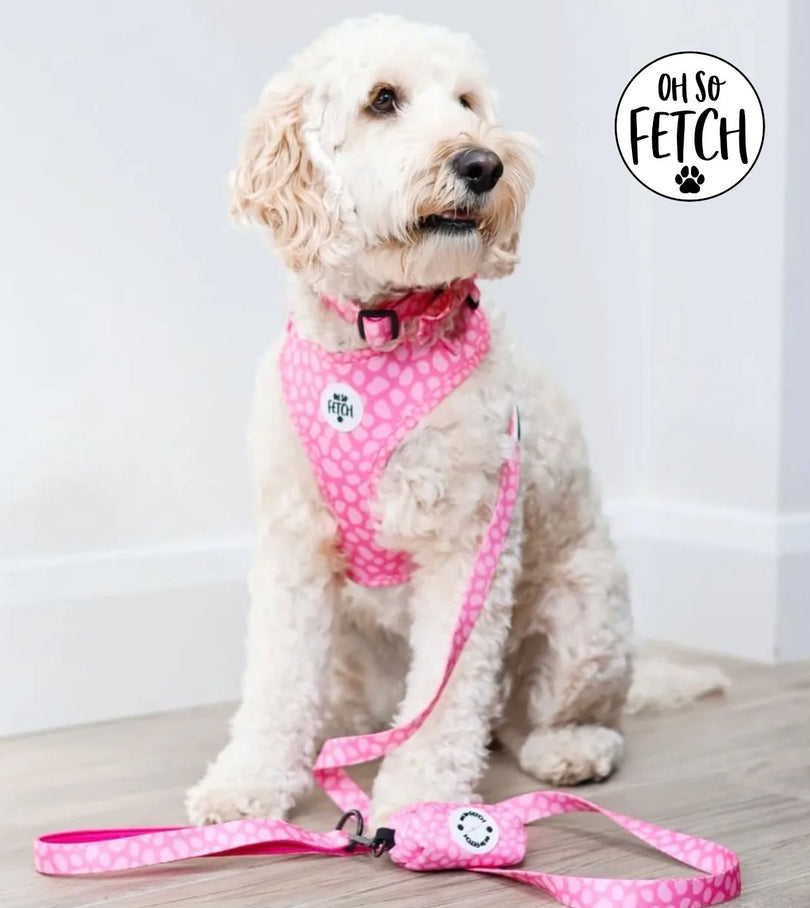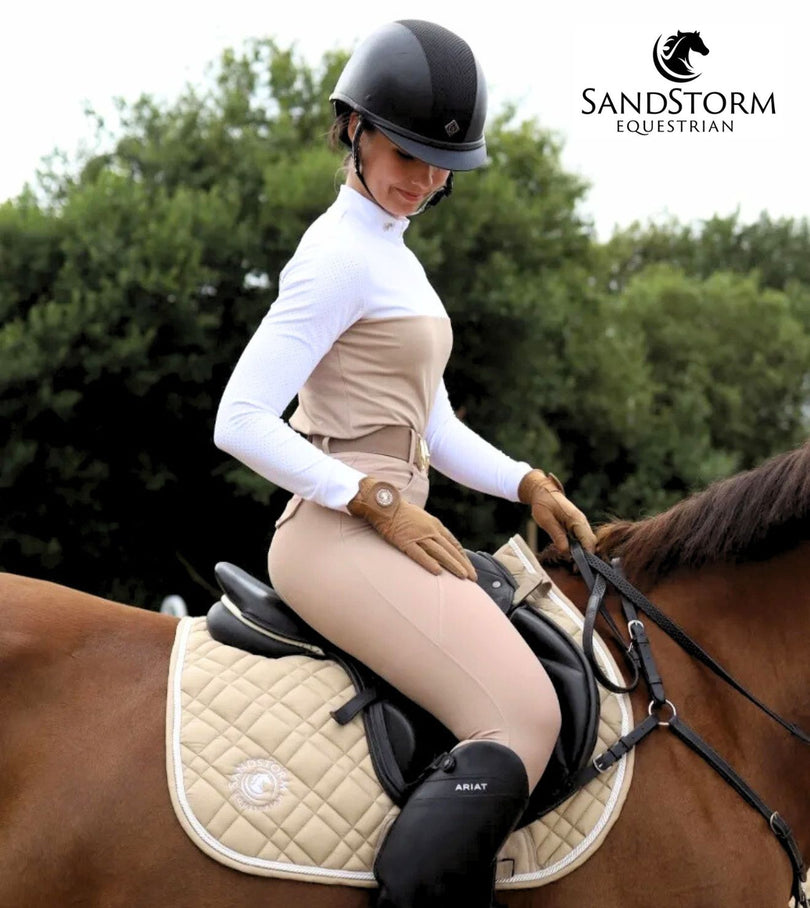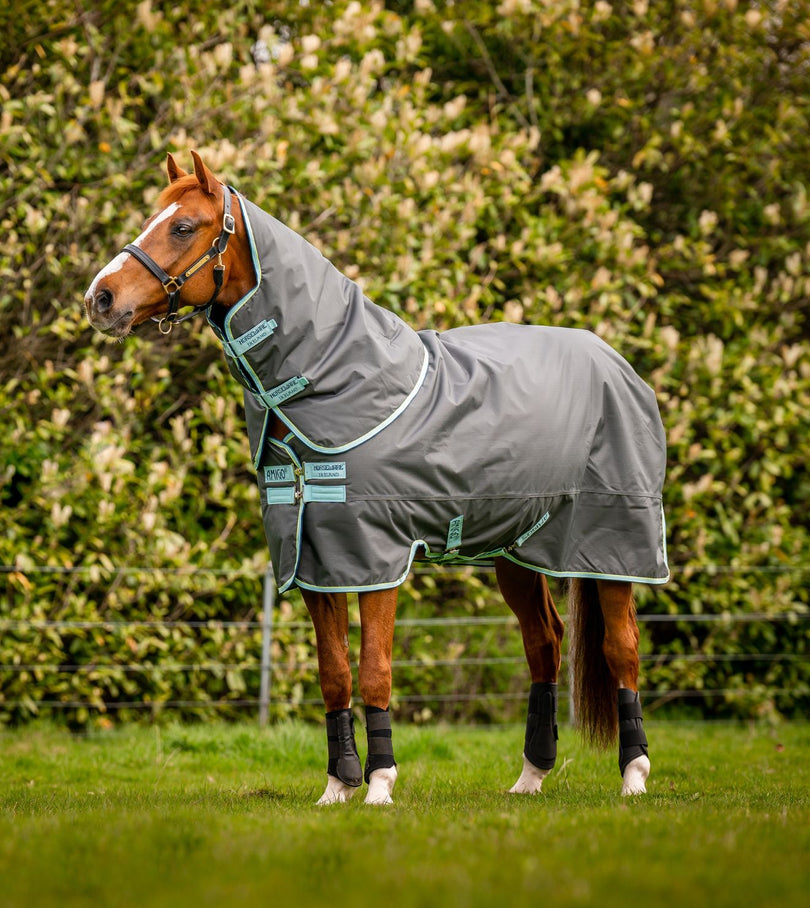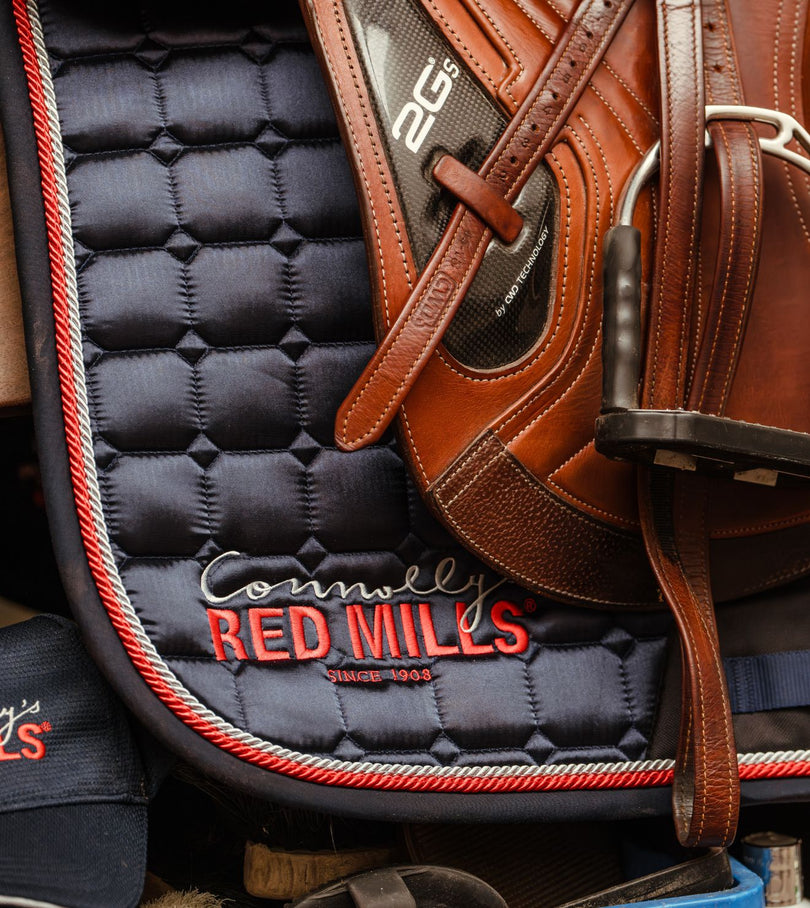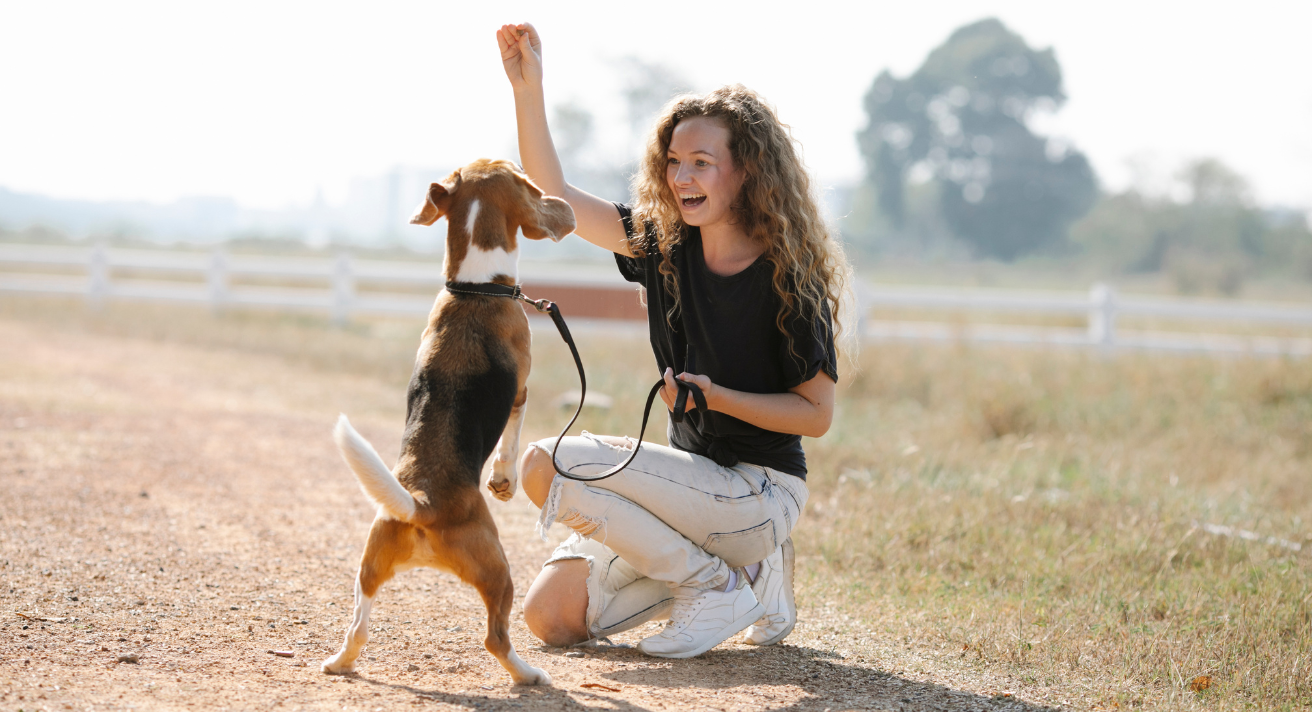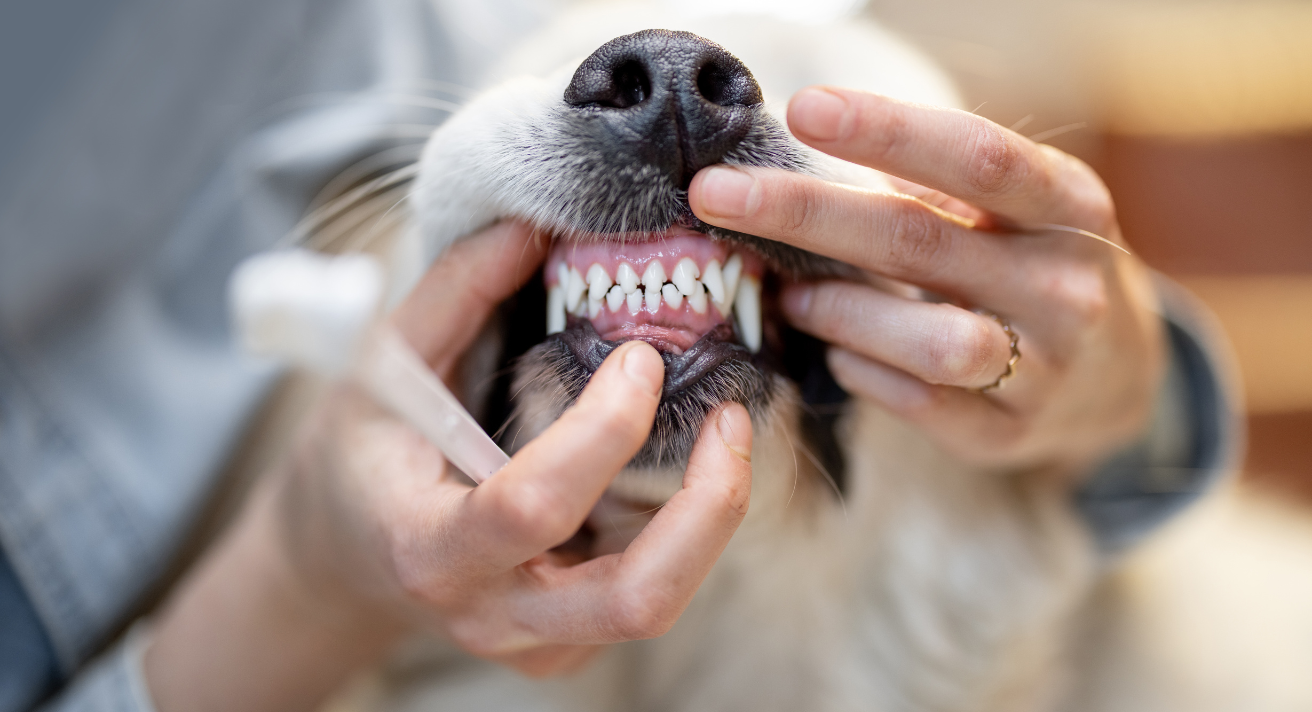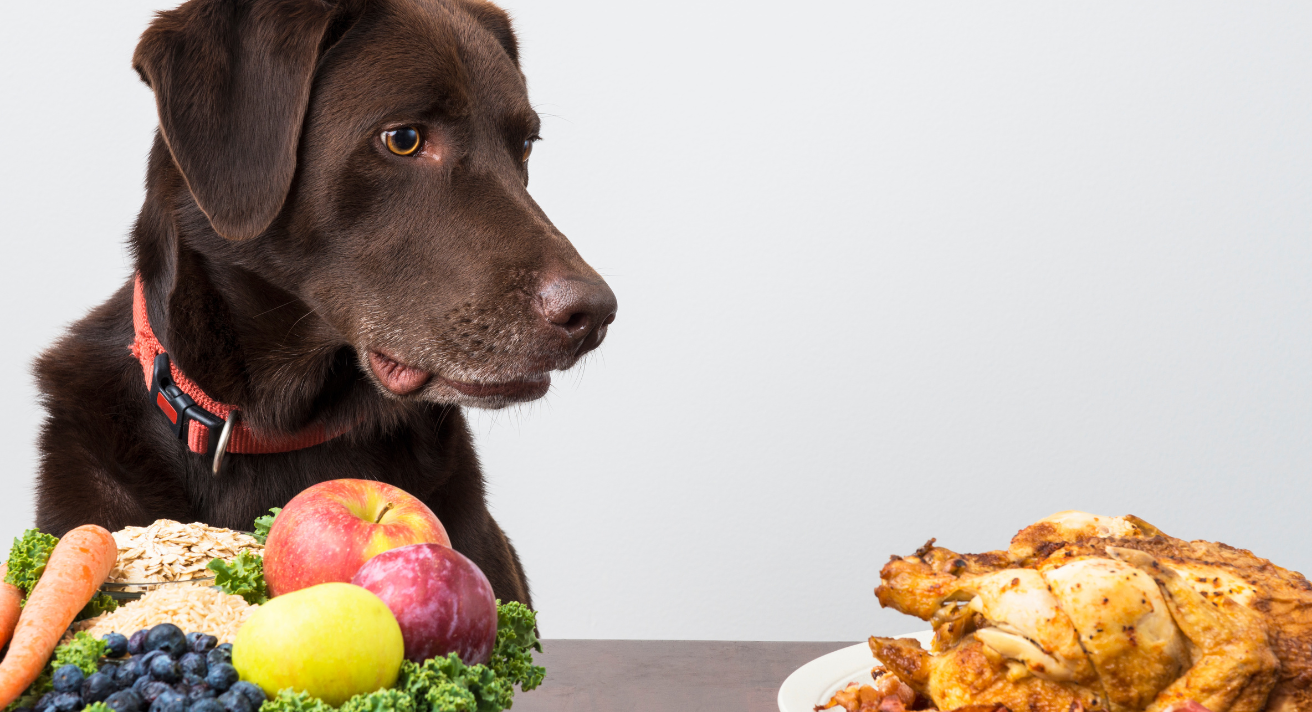When training your dog or puppy, treats can be a powerful tool for shaping behaviour, but it’s important to use them wisely. The key is to find a balance—motivating your dog without overindulging them. The right healthy treats, paired with consistency, can improve training results and foster a stronger bond with your pet.
Why Treats Are More Than Just a Reward?
Positive reinforcement is a powerful tool for puppy training and teaching older dogs. The Russian scientist Ivan Pavlov did his most famous work on dogs, observing that if he gave a dog food after he made a specific sound, the dog would anticipate food and begin to salivate when it heard that sound.
Creating this link between two things – a sound and food or behaviour and food – is called conditioning. It’s deeper than the dog consciously thinking ‘if I do X, I get that treat’. Conditioning is a very effective approach to pet behaviour management because the brain eventually links the desired behaviour with the reward.
That neural link needs one thing to develop – consistency. Without consistency, your dog’s brain simply won’t link obeying a command with a reward even if you use the very best treats for puppies.
Choosing the Right Treats for Behaviour Management
Being consistent doesn’t mean always using the same treat. You can use low-value treats for basic, easy commands and save the high-value treats for changing challenging behaviours and the most important commands.
The best treats for dog training are those your dog loves – but that’s not the only criterion. You’ll be using a lot of them, so you want to choose low-calorie dog treats made with wholesome ingredients. Your pet’s size and weight are also an important factor.
Leader Train Me treats contain only 3 calories per treat, so you can be generous with them. Healthy dog treats offer more than great taste. Quality treats contain healthy omegas, high meat content, glucosamine and chondroitin like the Leader Nutri-Vigor treat range Leader Nutri Vigor Hip and Joint Care and Leader Nutri Vigor Skin and Coat Care which will build those vital neural connections while also boosting your dog’s overall wellbeing.
Using Healthy Dog Treats to Solve Common Behavioural Problems
You can use treats for pet training to reinforce basic commands, making the whole training process quicker and more fun for you and your dog. How to Teach Your Dog a New Trick explores the best ways to use treats effectively for successful training.
Food plays a primal role in earning your dog’s trust, making treats a great tool for easing pet anxiety. If your dog fears the vet or loud noises, you can bring treats to help them get through a vet visit or cope with a noisy environment. It’s more than distraction. It’s conditioning the brain to associate the thing they fear with the treat they love. In time, your dog will approach the vet happily anticipating a treat. Or they’ll look to you for a treat when they hear a loud noise.
Offering healthy dog treats when your pet is faced with a new situation can prevent anxiety about that situation. If your dog gets a treat every time you pass another dog on your walks, eventually as soon as they see another dog, they will anticipate a treat rather than worry about the other dog.
For severe anxiety in dogs, Foran Petcare Nutri-Calm can help. It can help dogs cope with separation anxiety and other stressful situations.
Positive reinforcement can help reduce destructive behaviours like digging, chewing, and excessive barking. Use high-value treats to redirect your dog when they resist temptation, but avoid making them wait too long without a reward. For boredom-induced misbehaviour, lower-value treats in puzzle toys like snuffle mats or Kong toys can keep your dog engaged and mentally stimulated, helping to prevent these behaviours.
Timing Is Everything: When to Give a Treat
The right time is almost as important as the right treat.
- Immediate reward: When you first start training and conditioning, give a healthy dog treat as soon as they obey a command or resist some temptation.
- Random reinforcement: Over time, you can be more random with the treats for pet training. Give enough treats to keep your dog motivated, but not so many that they get complacent.
- Gradual transition: The conditioning will eventually function without the treat because your dog will associate specific behaviours with the good feeling the treat gives them. It’s all about strategically utilising the brain’s reward centre.
The Power of Treats in Shaping Pet Behaviour
Pet behaviour management includes everything from basic commands and tricks to overcoming negative behaviours and pet anxiety. Using healthy dog treats for pet training is powerful positive reinforcement for pets. It creates a connection in the brain between doing – or not doing – a specific act and feeling good.
The trick is to use the best dog treats consistently and strategically. Leader dog treats are a wholesome, low-calorie option with benefits for your dog’s overall well-being as well as a taste that will really motivate them.





